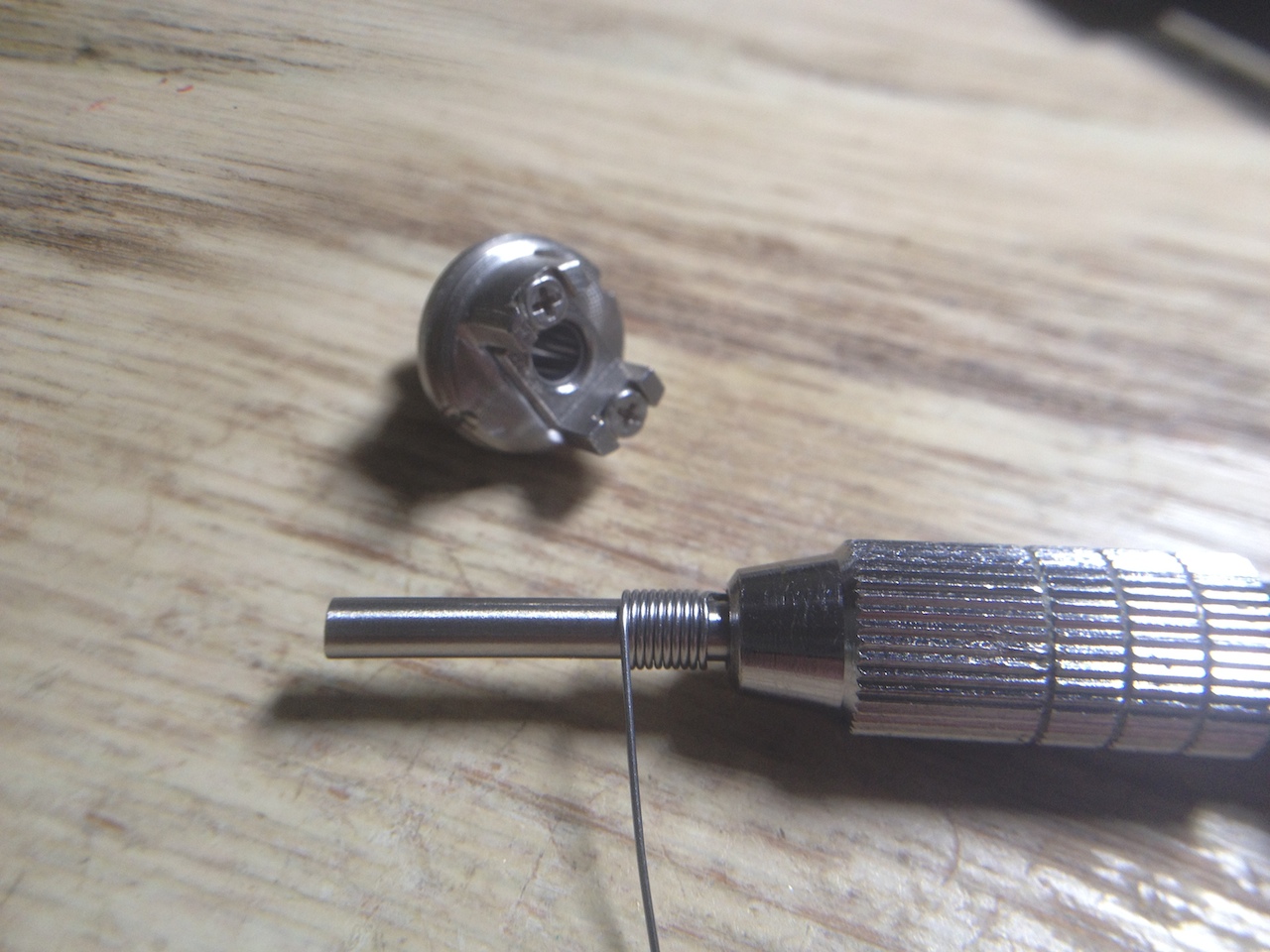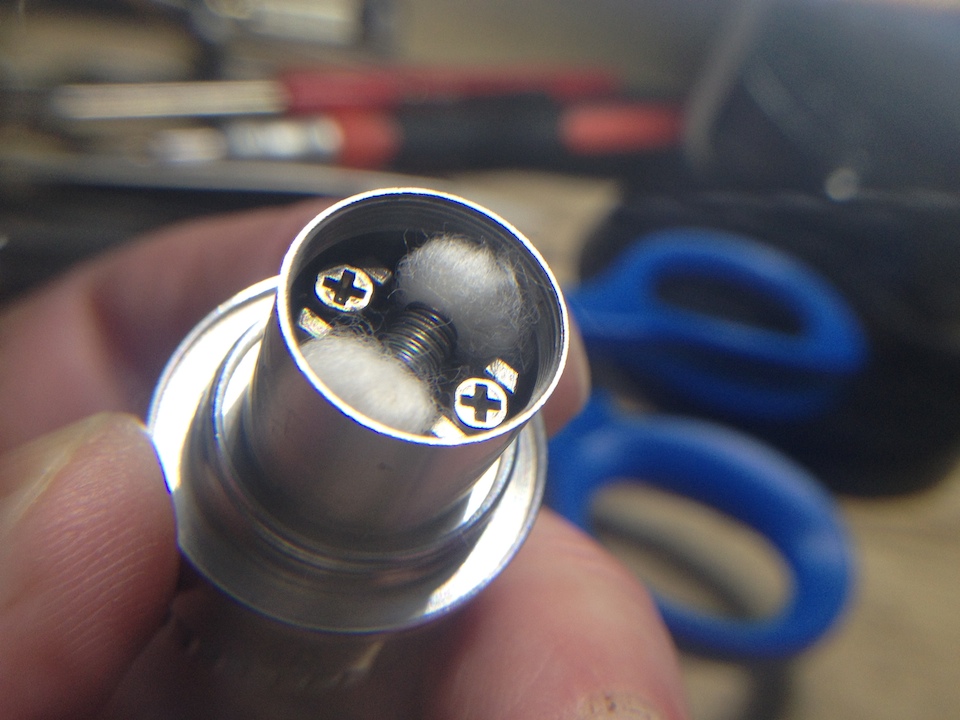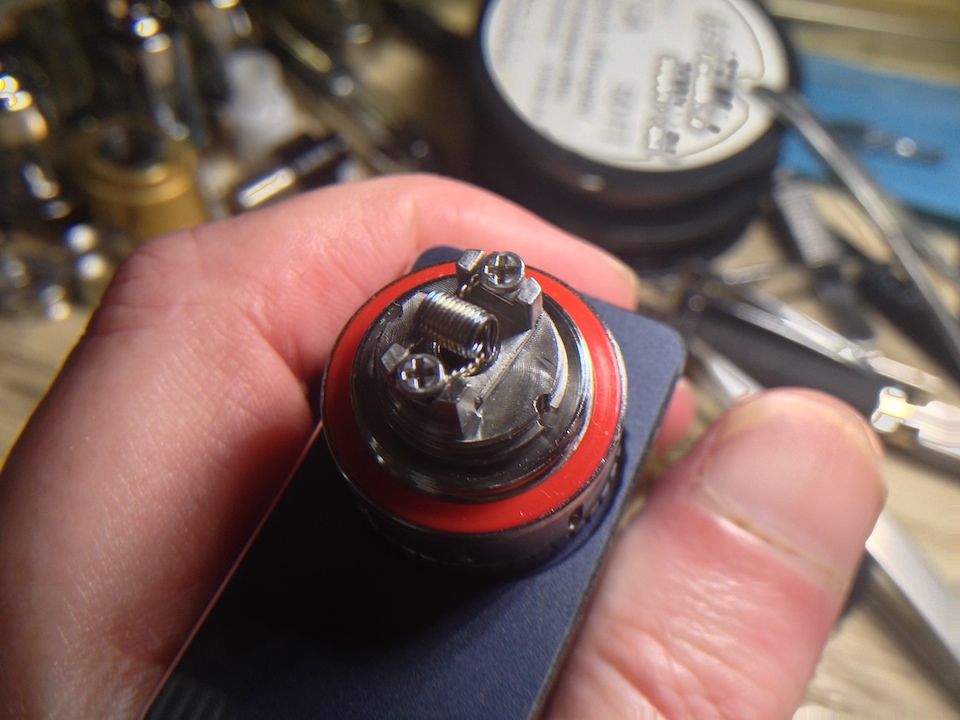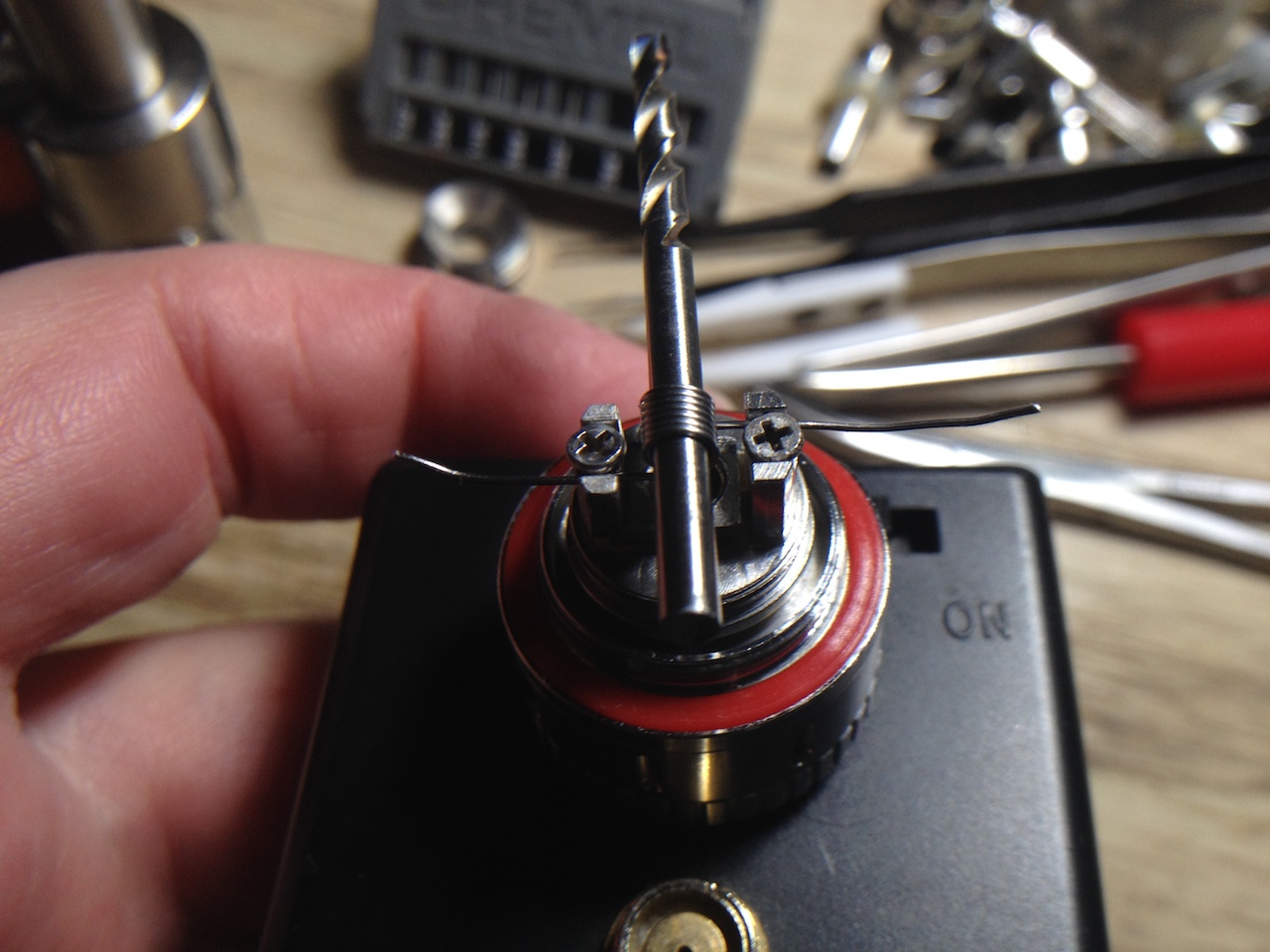Good day gents (and ladies)..been reading through this thread and just wanted to chime in on what I've found with my Subtank Mini.
In general I see the vaping community as a whole being so concerned with sub-ohm builds and raving about builds that fire at a gazillion watts....and I can't help but wonder why. It would seem to me that many (perhaps most) have very little understanding of the very basic science behind vaping. I specifically say "very basic", because all that matters is heat and quantity of juice..that's it. If you want huge clouds, the recipe is easy, apply more heat, and heat up more juice..easy.
This is where I can see dual coil builds etc being an advantage, as you then have 2 or more heating elements. But the thing that confuses me the most is this raving about pushing enough watts to power a small home, and that it often seems that people conclude that higher wattage equals a "better" build. The simple fact of the matter is that resistance is good, it's that resistance that provides the heat to the coil. Resistance is simply electrical friction...and what happens when you quickly rub your hand across the surface of a carpet?
The less resistance there is in a system, the more efficient that system is at transporting the electrical current...but that's exactly what we DON'T want. We don't want efficiency (as far as the coil is concerned anyways), we want that electrical energy (as much of it as possible) to be converted to heat. So when people start raving about sub-ohm builds, this makes no sense to me. All it means is that you would have to push more power to get the same amount of energy conversion.
Think of the wire as being a hose pipe...the wider the diameter (lower gauge) the higher the flow rate...which means that thicker wire is more efficient.
Over the 2 months or so that I've had my Subtank Mini, I've tried a number of builds on the RBA deck. granted, I've only been able to use 26g wire (because that's all I have), I've built a dual coil setup, twisted single coil, and single coils of varying diameters...and my favourite so far is 2mm diameter of 5-6 wraps which brings it in at around 0.6-0.7 ohms. The twisted and dual coil setups came in at an indicated 0.3 ohms (but it might be less, seeing as the kbox mini only reads down to 0.3 ohms).
Of course, the dual coil and twisted setups produced more vapour simply due to there being more juice in contact with the coils. But here's the catch with using large diameter wire (read extreme sub-ohm builds), because there is more metal, it takes longer to heat up, and requires more power. Think of boiling water...it takes more energy to boil 2L of water as opposed to 1L of water, yet at boiling point, both quantities will be at the same temperature. Larger diameter wire also retains heat for longer, which will result in more juice being wasted right after you've stopped pressing the fire button.
The result was that I could vape at up to 34W on those builds, which took a HUGE toll on the battery.
With my single coil builds, I can get plenty of vapour at a mere 16-18W (I usually vape at 12-14W), and instead of my battery only lasting a max of 2-3 hours, it can last me all day.
So, just my 2c...don't be so quick to hop on this low-ohm, extreme-watts train...like Beats headphones, it mainly just about bragging rights









